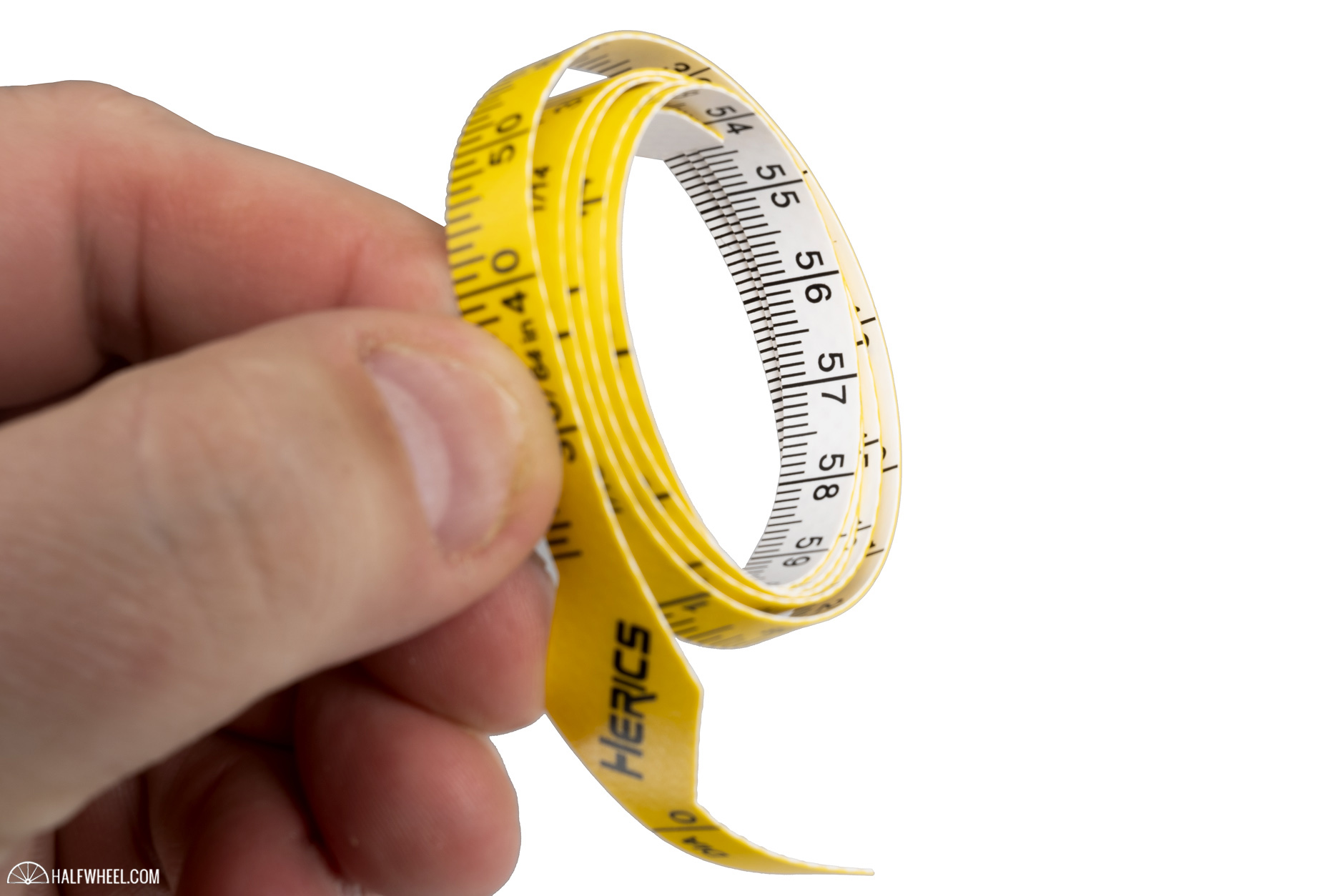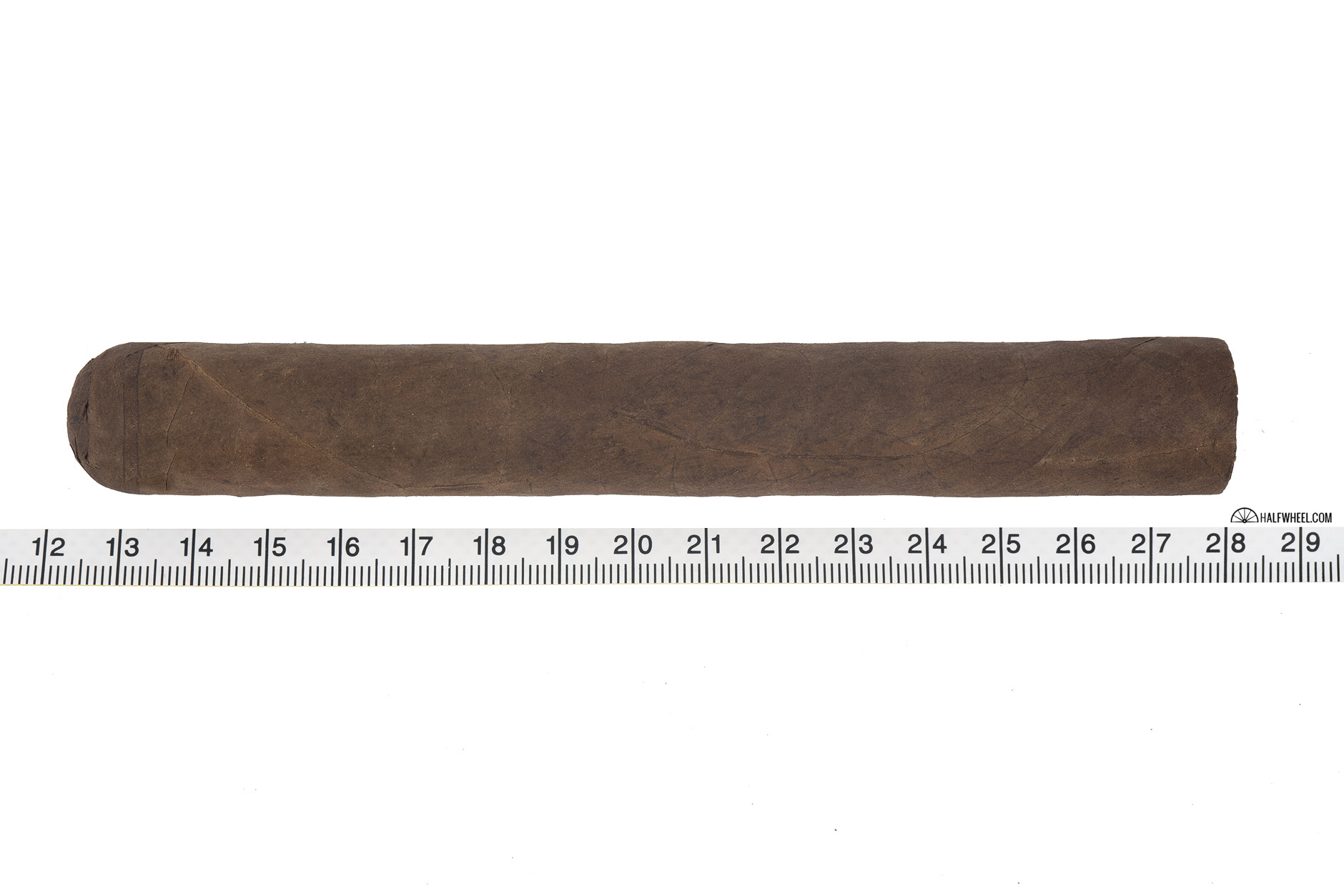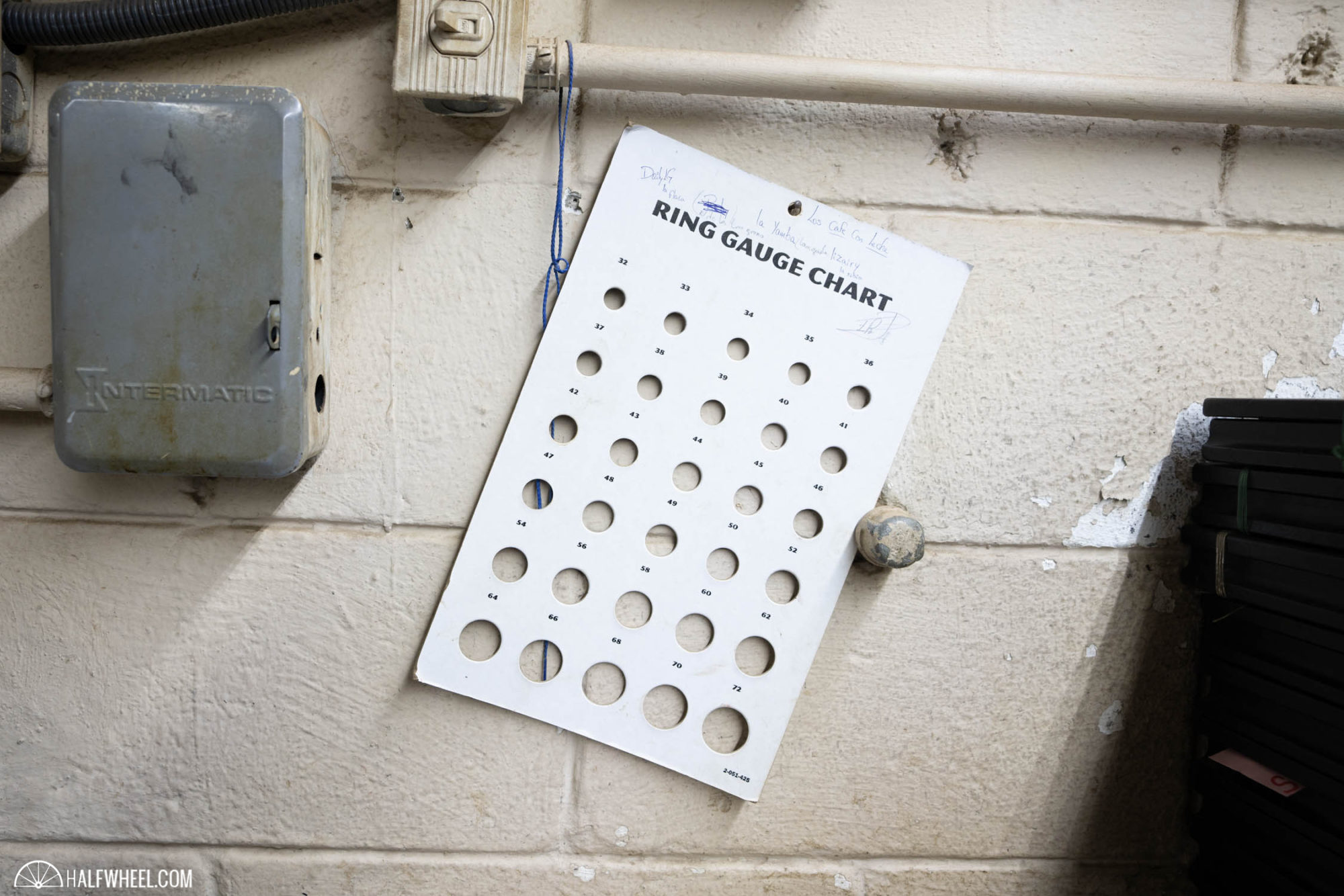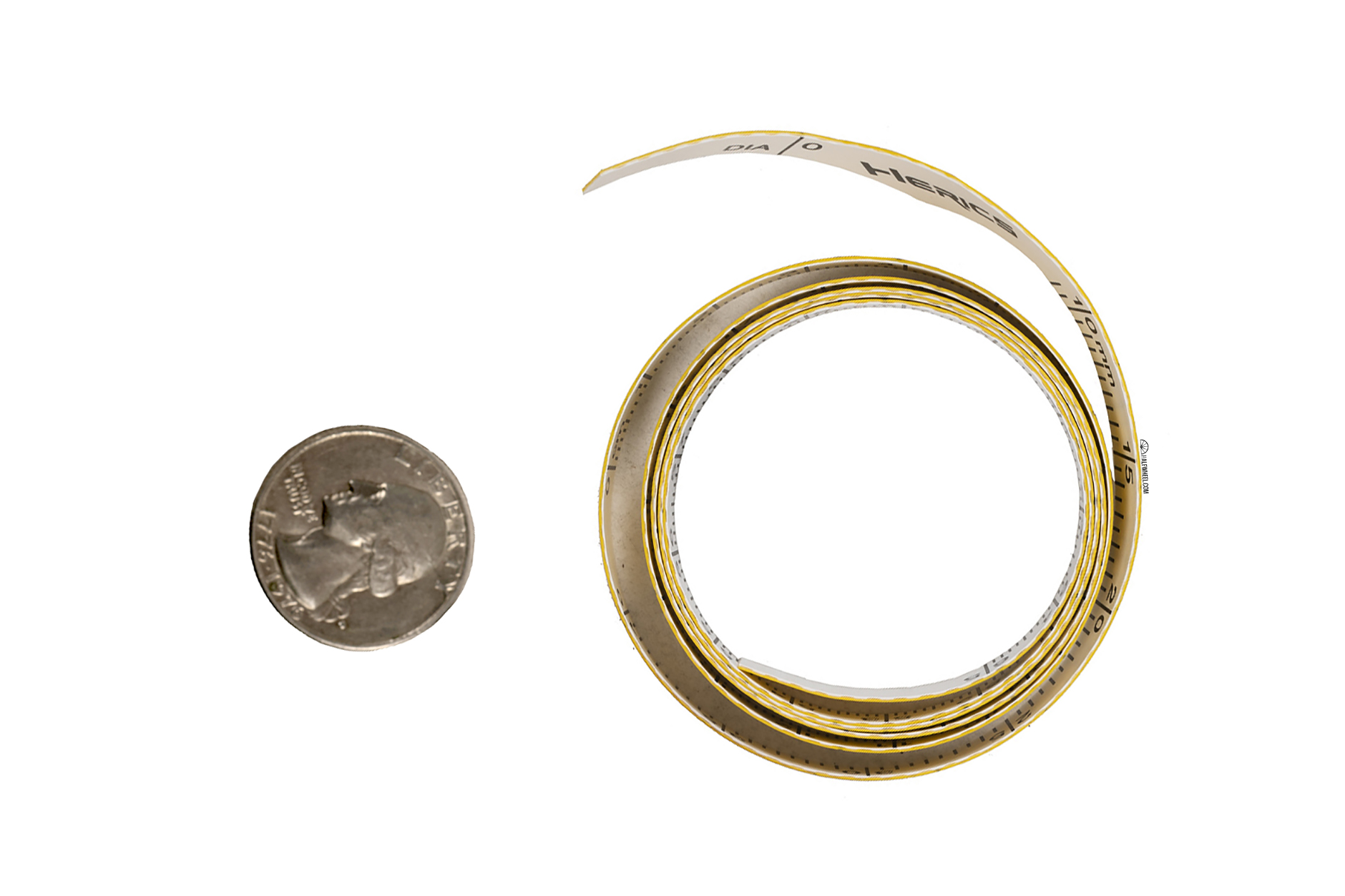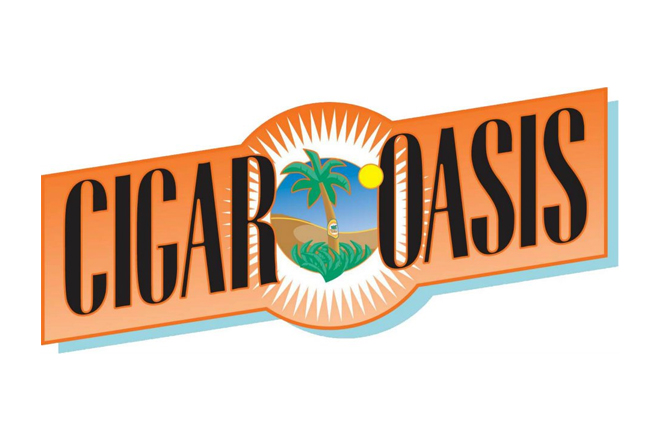I’m honestly a bit surprised that I didn’t think of this. I’m even more surprised that someone actually thought of this. It’s a problem that there wasn’t a great solution for, but I’m not sure how big of a problem.
The HERICS Cigar Measuring Tape ($23.95) is a tool that has worked incredibly when we’ve needed it at halfwheel, but it’s also something I imagine most of our readers don’t need. As the name implies, it’s a measuring tape, specifically for cigars. And, if you ever need to find out whether this box-pressed cigar is a 50 ring gauge or 54, the HERICS is the easiest tool to do it. But, when was the last time you really needed the answer to that question?
WHAT IS IT
It’s a measuring tape, though the company claims it’s actually four measuring tapes in one. It’s singular piece of flexible tape that almost feels like some sort of nylon. It measures 33 inches long and the tape itself is .3125 inches in width. There’s a small angle at one end where the tap protrudes out and so at its tallest point it’s .625 inches. That angle is there to help better read the result of measuring ring gauge.
There are two sides, one imperial (yellow side) and one metric (white side). On each side there are two different measurements: one for ring gauge and one for length. Ring gauge goes up to 100, or 40mm on the metric side, while length goes to 25 inches or 65cm. Keen observers will note that it’s actually not identical, the metric side can measure just a tad bit thicker ring gauge and slightly longer length, although you probably wouldn’t realize it unless you specifically looked for a difference, because it’s rather small.
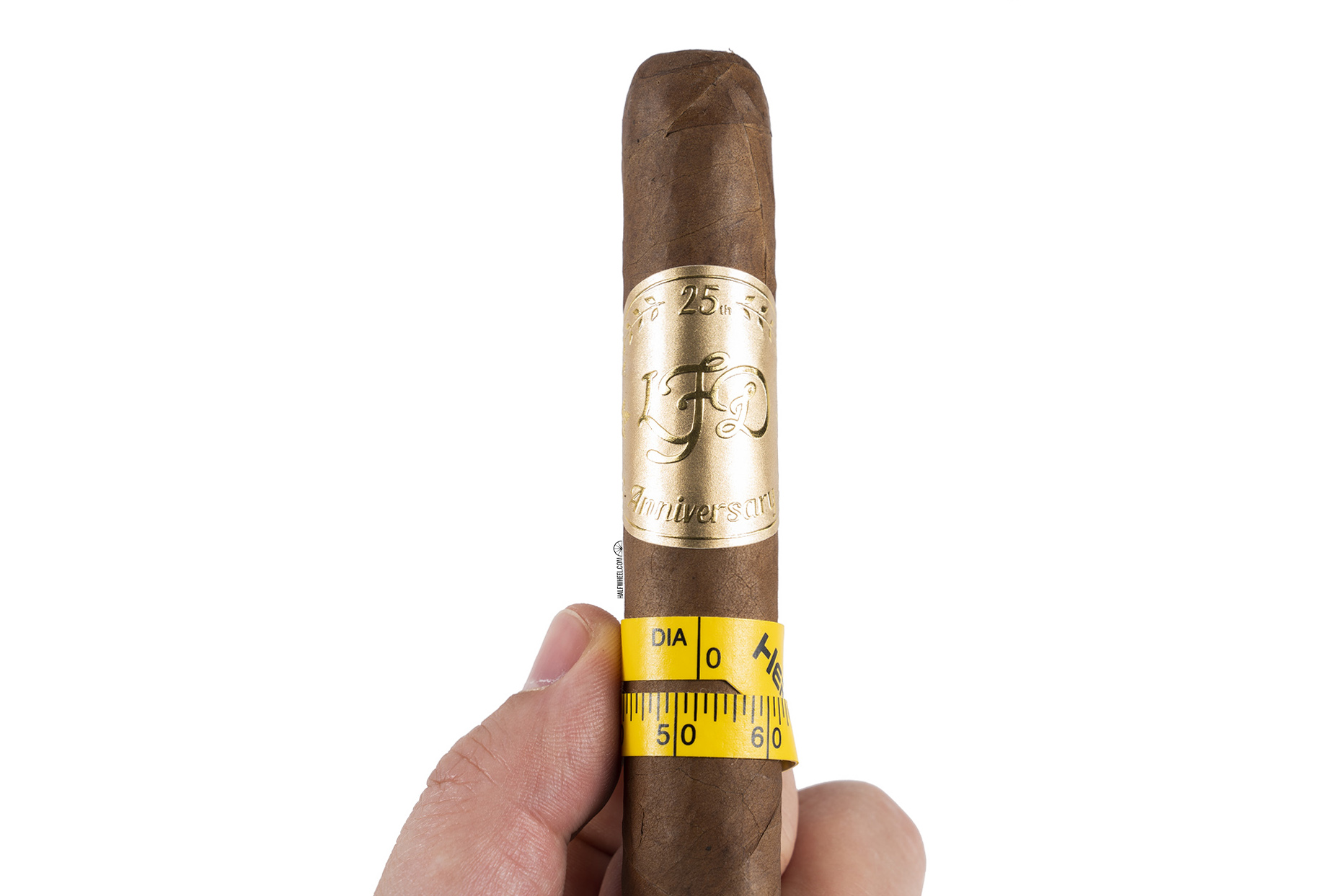
MATH!
Ring gauge is the thickness of the cigar, measured in 64ths of an inch in diameter, the maximum length of the inside of a circle. That means a robusto—4 7/8 inches x 50—is actually .78125 inches in diameter. With round cigars the measurement isn’t that challenging to determine, particularly if you have a pair of digital calipers: just take a cigar, measure the diameter and convert into 64ths of an inch.
However, box-pressed cigars are oftentimes uneven in terms of their dimensions. And I’m sure there is some math theory that I was once taught and have since forgotten, but the maximum diagonal of a rectangle—the distance between opposite angles—changes depending on how proportional the two sides of a rectangle are. The maximum diameter of a circle is a lot easier, because it’s just diameter. A rectangle, albeit not a square, would have both a maximum and minimum diagonal. And if you averaged them together, you would probably would end up with a number that could be converted to ring gauge. But that assumes that you had the tools to do so and given the medium of cigars and the necessity to get down to a relatively small 64ths of an inch, my guess is that you probably wouldn’t be very accurate.
Round cigars being placed into trays to become box-pressed.
This gets particularly complicated because box-pressed cigars start their life as round cigars, they are then placed in trays where each cigar has two flat surfaces, think of paint sticks, placed on each side. They are packed tightly into the trays which creates the pressed effect. Meaning that you could have two cigars that were both 50 ring gauge round, but depending on how they are box pressed, they could have two different maximum diagonals.
However, the HERICS doesn’t actually measure diameter, rather it measures circumference or perimeter and then displays it in format that’s covered to 64ths of an inch. Because it measures the distance around the foot of the cigar, it means that it can work on box-pressed cigars.
HOW DOES IT WORK?
Measuring length is very self explanatory, though you should note that you’ll need to start from around a quarter into the tape, as the first part is for ring gauge.
Measuring ring gauge is also very intuitive, albeit slightly more complicated. Each side of the ring gauge contains a 0 on one side of a line and DIA on the other. You start there and just the wrap the tape around your cigar. That slight angle is there so that you can easily line up the 0 mark with the overall result, a much easier to read number than if they were both on the same plane.
WHY IS IT SPECIAL?
In addition to the MATH! section above, many of the standard ring gauge tools, which you can see above, don’t work on box-pressed cigars because a square can’t go through a circle. Those tools are what you see in cigar factories, used to insure that the workers are rolling to the right specifications. And they work great for bunching and rolling—where box-pressed cigars start out round—but they are useless at measuring the ring gauge of a box-pressed cigar after pressing.
PROS
- The Design is Ingenious — It’s one of only a few products where I can’t really think about how to make it function better. Sure, it’s 100 ring gauge limit won’t work on an OpusX Football, but it works great for probably 99.99999999 percent of cigars on the market. When’s the last time we said that about an accessory?
- It’s Well-Made — It’s made in Germany and very much has the German precision fit and finish that Mercedes-Benz ads like to talk about.
CONS
- It’s $24 — Even here at halfwheel I’m not sure we’ve used this more than 40 times. That means we would have paid something like 30 cents per use over the last 10 months of ownership. And we have cigars arriving and leaving our office daily, and yet, it’s just not needed most of those days. There aren’t very many lines where you can’t easily tell the vitolas apart by length or shape, and in the ones where you can’t, there are usually other complications like the Viaje Skull and Bones where length and ring gauge will only help you so much when it comes to identifying which cigar is which.
A FUN FACT
This is technically not a fact, but I would guess that something like 40 percent of cigars that are sold aren’t the exact dimensions that they are advertised at.
THE COMPETITION
There are a lot of different cigar ring gauge tools, but every other one I’ve seen is a variation of the device pictured above: circles cut out, which doesn’t work for box-pressed cigars. To be quite honest, the closest competitor would be a pair of digital calipers and before the HERICS arrived, that’s what I used whenever I needed to verify a cigar’s dimensions. But for that to work efficiently, I really want to have one that could force read outs in 64ths of an inch and I haven’t found one that does that. The digital calipers we have can read out in 64ths of an inch, but it only does so if that’s the closest fraction, otherwise 3/4 is 3/4 not 48/64, which then means I need to do the math to put the fraction into ring gauge.
SHOULD YOU BUY IT?
The HERICS Cigar Measuring Tape might be the best executed cigar accessory I’ve ever used. It’s so much of a better mouse trap than the devices that came before it, but I just don’t know if 99.99 percent of cigar consumers would ever need to use this more than once. And unfortunately, it’s $25, not 25 cents. If this is remotely interesting to you—and I guess if you’ve made it 1,100 words into a cigar tape review, it probably is—you should buy it, but I have a feeling most of our readers will never get to this paragraph.
The accessories for this review were sent to halfwheel by HERICS.




